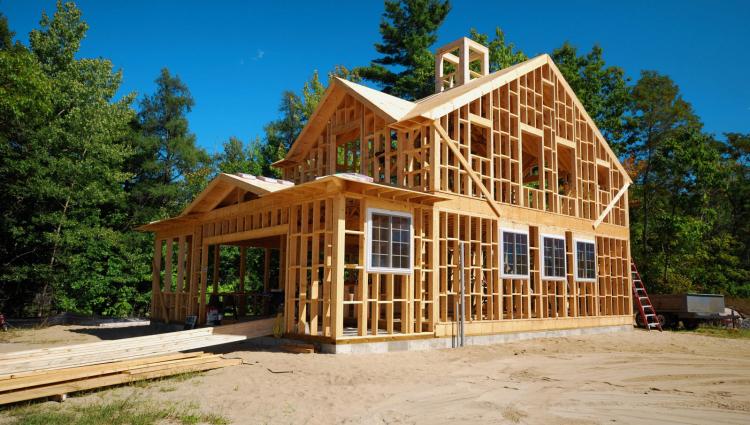

With space at a premium, Sydney only has so many housing options when it comes to absorbing a population that is growing by 60,000 to 70,000 people a year.
The recent floods earlier in 2022 were a sobering reminder that not all the land around Sydney should be built on.
With climate change likely to bring more frequent and more intense rain events, the NSW Government commissioned an independent expert inquiry into the preparation for, causes of, response to and recovery from the 2022 flooding in NSW.
Their report was delivered in July with a long list of recommendations that mainly focused on how to best respond to future events, as well as including recommendations on how planning could mitigate such disasters.
Limits to Sydney’s Spread
The report only emphasises that the limited space for new housing in Sydney is, if anything, shrinking.
The National Parks surrounding Sydney also provide a natural barrier to the geographical spread of the Sydney metropolitan area.
NSW Government Response
In recent years the NSW Government has, sometimes controversially, responded by rezoning areas of Sydney to allow for more high density developments.
As a result, developers are building more apartments along major road arteries like Parramatta Road where shops have become less viable as a lack of parking has limited access.
However, many Sydney families prefer to live in houses, ideally with backyards for their children to play in safely.
Expanding Existing Homes
With so much of Sydney’s housing stock made up of single storey homes, one of the answers is to increase the number of bedrooms within the Sydney metropolitan area by increasing the size of existing homes.
The NSW Government could put more thought into how to encourage growing families to look at building a second storey rather than moving to a bigger home.
Facilitating homeowners to do this would effectively almost double the floor plan of many homes in Sydney.
Changes to the development application process have been made in recent years to help reduce red tape, but other incentives should be considered.
Could HomeBuilder Come Back?
The recent Federal Government HomeBuilder scheme, a response to help the economy through COVID, included funding for major renovations, not just new homes.
As a result, it was highly effective in encouraging homeowners to look at increasing the size of their homes.
The tight time limits and requirements that were initially placed on the scheme meant that some homeowners were unable to take advantage of this program and, even with the extension of HomeBuilder, eventually decided to shelve their plans.
Addbuild knows from the number of enquiries received during this time that there is still a latent pool of homeowners who are looking to expand their homes.
A NSW Government version of HomeBuilder aimed at increasing the size of homes within Sydney could be a solution that ticks many boxes in response to the continuing pressure on housing stock in Sydney.
Planning and Higher Densities
Of course, any intensification of the Floor Space Ratio in Sydney has to be accompanied by the appropriate planning of services to take into account a larger population in the same area.
More or larger schools and hospitals, better public transport and a range of other supporting infrastructure has to be planned to ensure that Sydney’s growth is managed in a way that doesn’t undermine quality of living that is one of the hallmarks of this great city.
In Conclusion
However, given the limitations explained above, we know that building on Sydney’s fringes in areas prone to flooding is no longer desirable nor, given insurance issues, viable.
Taking advantage of the latent potential that exists in the large number of single storey Sydney homes is an opportunity that should be seized.
Sydney homeowners continue to decide on their own to expand their homes through major renovations. Accelerating this trend would, we think, contribute strongly to solving the housing issues that have troubled Sydney for many years.







